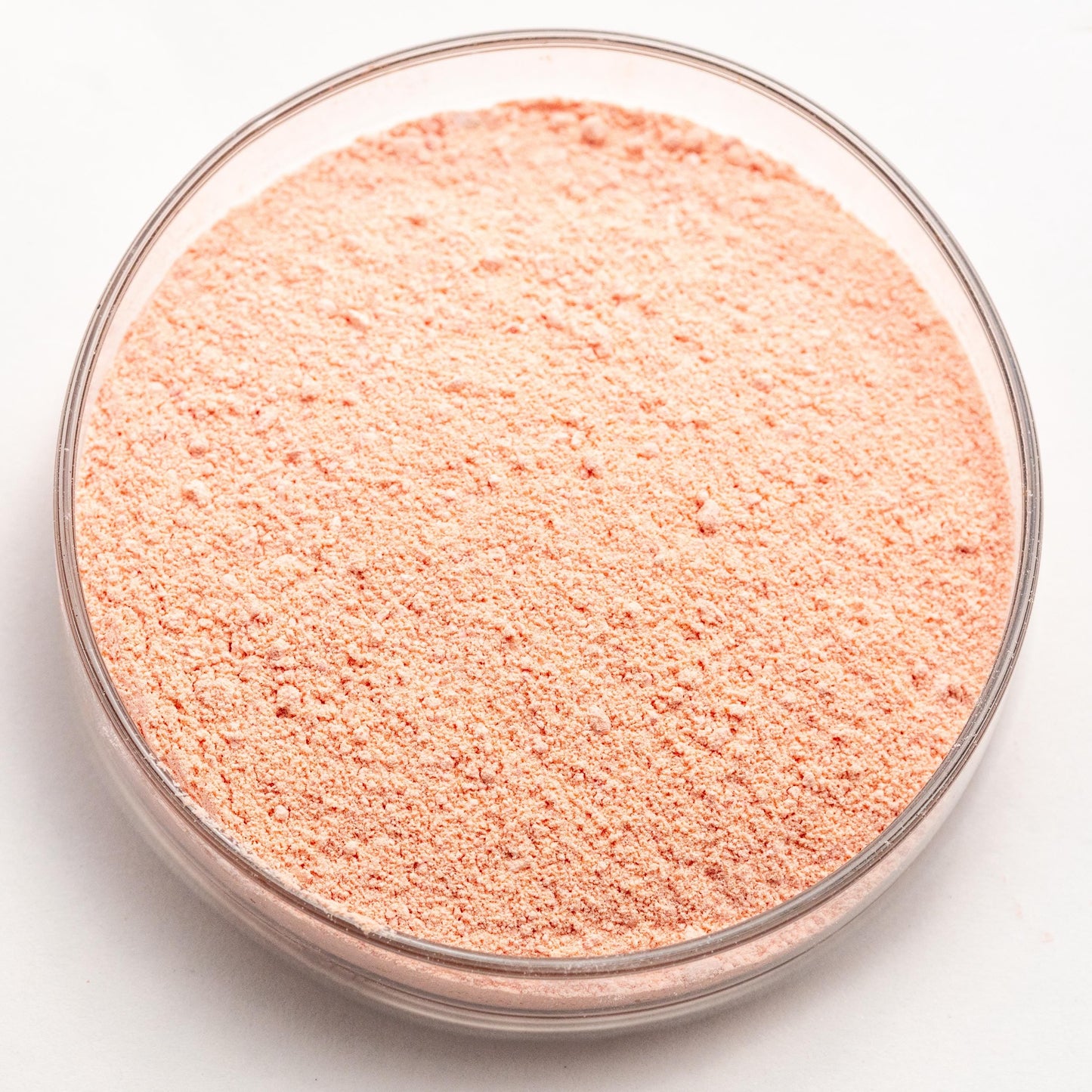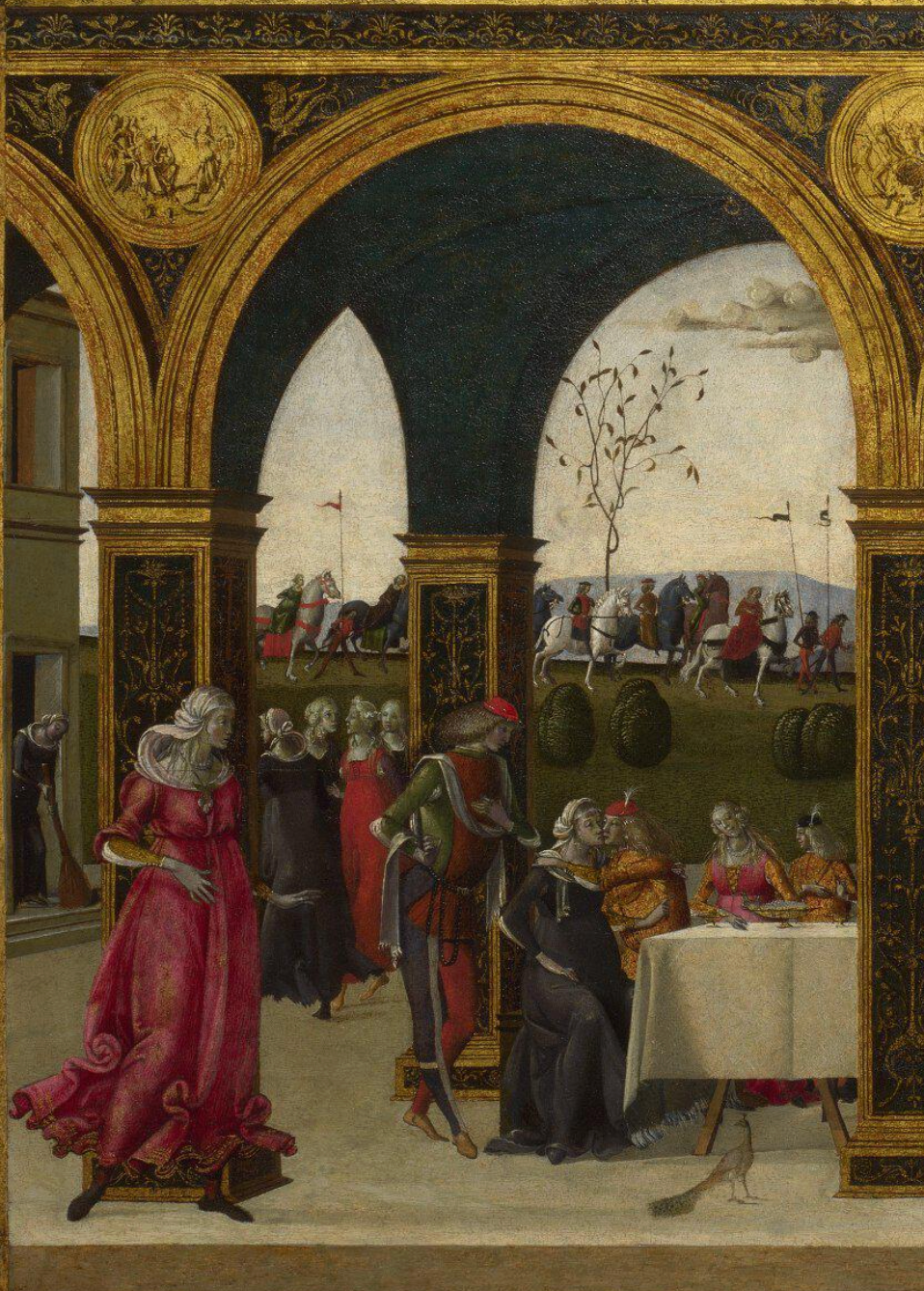Kermes Medium Lake
Kermes Medium Lake
Couldn't load pickup availability
Share


Description
Kermes Medium Lake is a handmade natural pigment created from real Kermes vermilio insects, which have been an ancient dye source used across the Mediterranean long before cochineal. This rich red lake pigment is produced by precipitating the dye using soda ash, following historical recipes used in Roman, Islamic, and early European art. The result is a deep, slightly warm crimson with subtle ruby undertones, prized for its historical authenticity and vibrant chroma.
Kermes Lake offers a powerful, regal red with subtle transparency and layering potential in watercolor and egg tempera, as well as strong tinting strength in oil. Its color harmonizes well with gold leaf and ultramarine, making it ideal for manuscript illumination, icon painting, and historically inspired works.
Its high pigment load and natural binder compatibility make it a versatile choice for artists seeking to recreate the palettes of antiquity with archival permanence.
History
Kermes dye has been cultivated since the Bronze Age, especially in the Near East and Southern Europe. Often confused with cochineal, Kermes was the premier red dye in the Western world until the 16th century, associated with Roman senatorial garments, medieval royal robes, and sacred Christian texts. The word "crimson" itself derives from kermes, and its role in textile and pigment history cannot be overstated.
Pliny the Elder references coccus ilicis in his writings, noting its value and use in dyeing wool and fine textiles. Unlike Tyrian Purple, which was primarily reserved for imperial symbolism, Kermes was widely used for ecclesiastical vestments and illuminated manuscripts.
Lake pigments from Kermes allowed the precious dye to be used beyond cloth—preserved in paint and plaster for centuries. From Byzantine mosaics to Renaissance miniatures, its use defined wealth and holiness. The pigment eventually declined in use with the introduction of cochineal, which offered greater yield, but its legacy lives on in historically accurate reproduction and high-end artistic practice.
Pigment Information
Pigment Type: Natural (Animal-based lake pigment from Kermes vermilio)
Suitable Mediums: Watercolor, Egg Tempera, Oil, Acrylic, Fresco
Lightfastness: Great
Opacity: Semi-Translucent
Other Names: Crimson Lake, Kermes Red, Coccus Lake
Color Index Code: NR3
Image: Historical art and detail photos available upon request or through Morrow Archival resources


